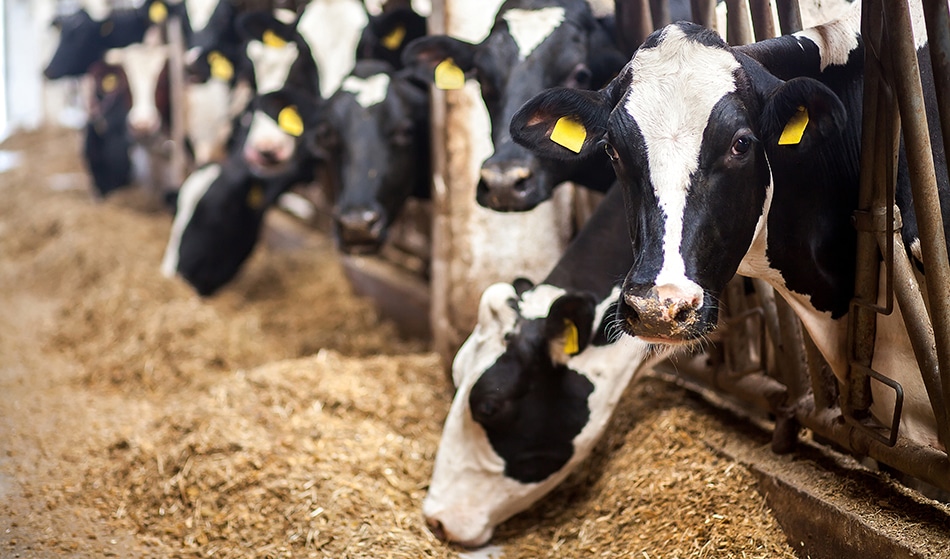Kenya’s animal feed industry is facing a crisis as a handful of companies dominate the market, driving up feed prices and straining livestock producers. A recent inquiry highlights that the top four feed producers control more than 50% of the commercial feed supply, with their dominance even stronger in poultry and dairy segments, where they command around 75% of the market. This high level of concentration has created conditions that favor anti-competitive practices such as coordinated pricing, market division, and margin control.
Animal feed prices have surged over recent years, forcing many farmers to abandon dairy and poultry farming due to unsustainable production costs. Feed producers attribute the rising prices to factors such as high government taxes and the limited availability of locally sourced raw materials. However, structural issues in the market, particularly the oligopolistic setup, are a significant factor behind these high costs. An oligopoly allows a small number of firms to exert strong control over pricing and output, often resulting in fewer choices and higher costs for consumers.
The feed industry is heavily reliant on imported raw materials, particularly protein sources like soybean meal and sunflower cake, which are sourced from countries such as Zambia, Uganda, and Malawi. These input markets are also concentrated, with four regional conglomerates dominating the soy and sunflower processing industries across East and Southern Africa. This enables them to dictate input prices, leaving Kenyan producers paying more compared to their counterparts in other countries like South Africa.
The rising cost of animal feed directly impacts the prices of livestock products, including poultry, eggs, fish, milk, and beef. For example, the price of poultry feeds such as broiler finisher pellets and layer mash increased by over 30% between mid-2021 and mid-2022, largely due to soaring input costs. Estimates suggest that a more competitive regional input market could save Kenya’s poultry feed producers over KSh 3 billion annually, reducing food prices and boosting employment in the livestock sector.
To tackle these challenges, there is a need for reforms targeting cross-border trade, harmonization of regulations, and the elimination of county-level taxes that fragment domestic markets. Greater oversight of the animal feed market is essential to ensure fair pricing, foster competition, and support the growth of Kenya’s agricultural economy. Without urgent interventions, rising feed costs will continue to undermine food affordability and the livelihoods of livestock farmers.

